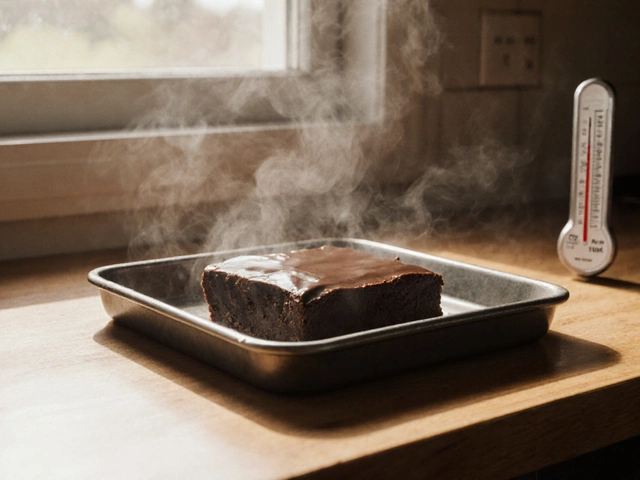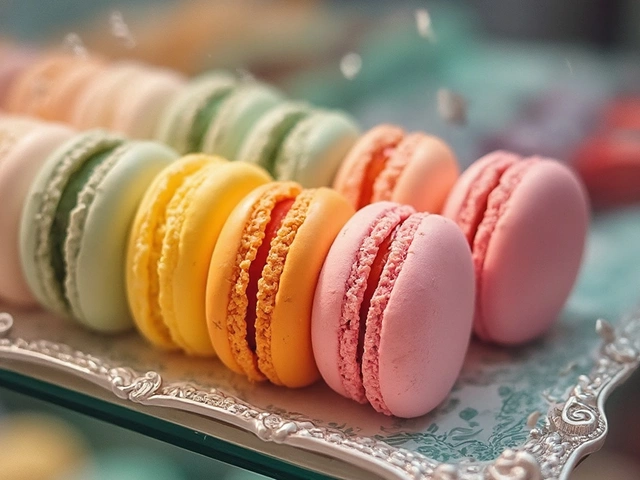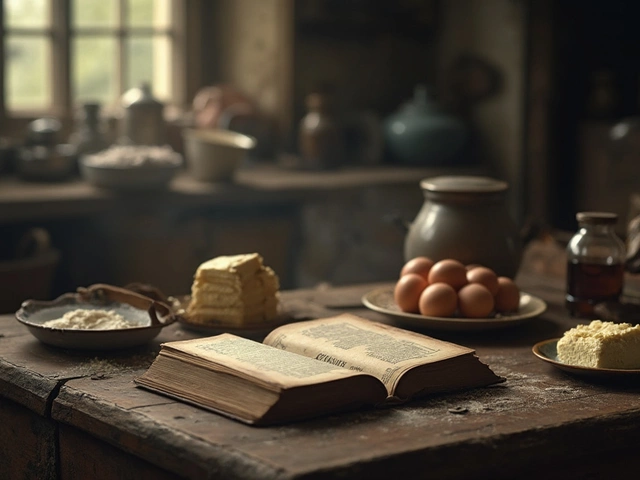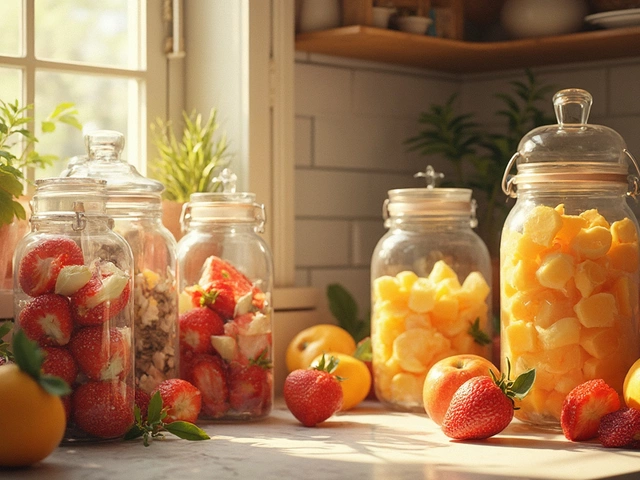World Number One Cake – What It Is and How to Make It
Ever wondered why one cake keeps winning hearts everywhere? It’s not just about sugar and frosting – it’s a mix of flavor, texture, and a dash of nostalgia. Below we break down why this cake tops the charts and give you a clear path to bake it yourself.
What Makes a Cake the World’s Favorite?
The champion cake usually checks three boxes: taste that sticks, soft crumb that melts, and versatility for any occasion. Think of the classic chocolate sponge – it’s rich but not overpowering, and you can dress it up with fruit, nuts, or a simple glaze. That balance is why the most eaten cake in the world, often a chocolate or vanilla sponge, stays on every birthday, coffee break, and family gathering.
Another key factor is ease of scaling. A good world‑number‑one cake works in a six‑inch round for a small party or a three‑tier tower for a wedding. The recipe stays reliable whether you’re feeding two or two hundred. Apps like our “Best Cake Size for 50 Guests” guide help you plan the right dimensions without guesswork.
Finally, the story behind the cake matters. People love a cake with a history – whether it’s the Italian tiramisu that started as a simple cheat‑day treat or the French macaron that carries a chic reputation. When a cake has a cool backstory, it spreads faster on social media and through word of mouth.
How to Bake Your Own Award‑Winning Cake
Start with a solid base. Use room‑temperature butter, eggs, and milk – they blend smoothly and give the cake a tender crumb. For a chocolate version, melt good quality chocolate and let it cool just a little before mixing it in. This prevents the batter from getting too hot and keeps the rise even.
Measure flour with a spoon‑and‑level method. Too much flour makes the cake dense, a common problem with gluten‑free versions. If you’re going gluten‑free, add a mix of rice flour, potato starch, and xanthan gum to mimic the structure of regular flour.
Don’t over‑mix. Once the dry ingredients join the wet, stir until you see a few streaks. Over‑mixing develops gluten and gives you a tough cake – the exact opposite of that melt‑in‑your‑mouth feel we’re after.
Bake at 350°F (180°C) on the middle rack. If the top browns too fast, loosely cover with foil halfway through. Test for doneness by inserting a toothpick; it should come out with a few moist crumbs, not wet batter.
Cool the layers completely before frosting. A thin coat of buttercream or ganache seals in moisture. For an easy finish, spread a simple vanilla glaze – just powdered sugar, butter, milk, and a splash of vanilla. It adds shine and a sweet bite without overwhelming the cake’s flavor.
Want to get creative? Swap the chocolate for citrus zest, or layer fresh berries between the cakes. Our post on “Creative Birthday Cake Alternatives” shows how you can turn the classic base into a dessert bar, cake pops, or even a trifle.
In short, the world’s number one cake is a blend of classic flavor, reliable technique, and room for personalization. Follow these steps, experiment with toppings, and you’ll have a crowd‑pleaser that lives up to the title.
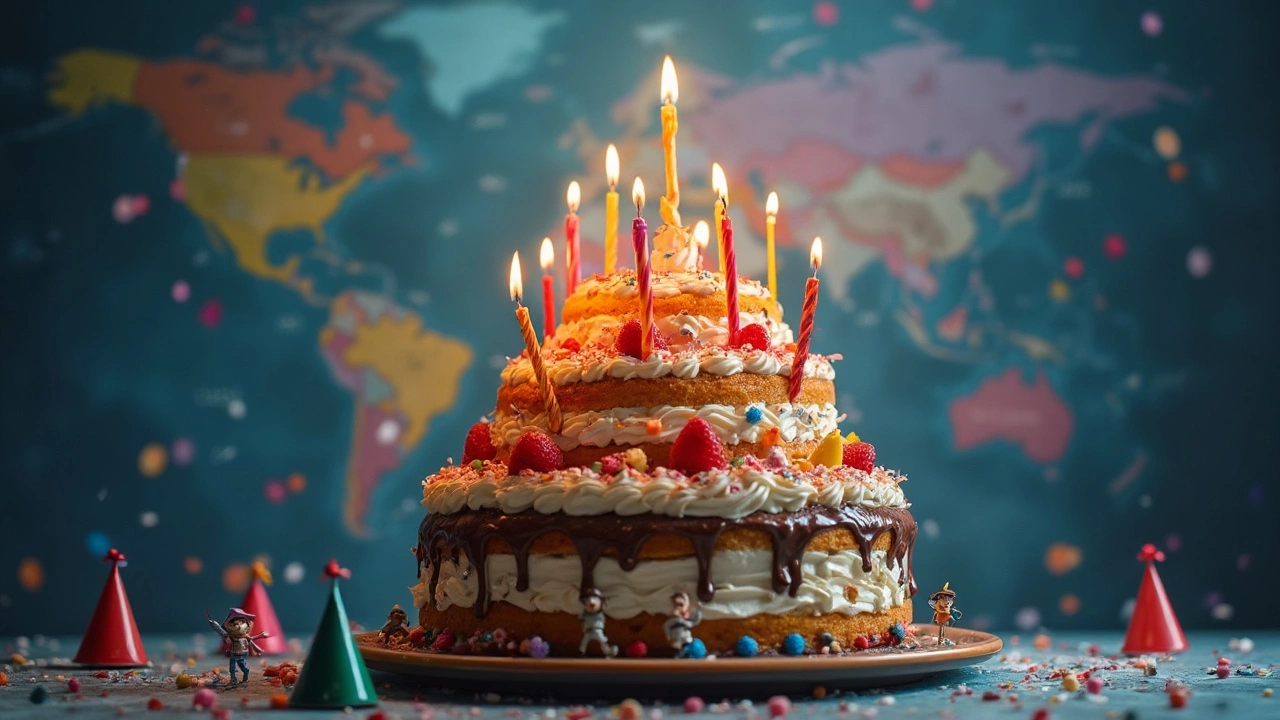
What is the World's Number One Cake? Birthday Cakes Unwrapped
This article digs into what truly makes the world's number one birthday cake, looking beyond trends and straight-up popularity polls. You'll get the scoop on which cake pops up at the most celebrations across continents and what makes it so loved. Expect fun cake facts, smart tips on picking and upgrading birthday cakes, and some seriously helpful hacks for nailing your next birthday bash. Whether you're a chocolate fan or vanilla loyalist, you'll find something relatable—and maybe even a reason to switch sides. Cake history, tastes, and real-world favorites all come into play.
View More
